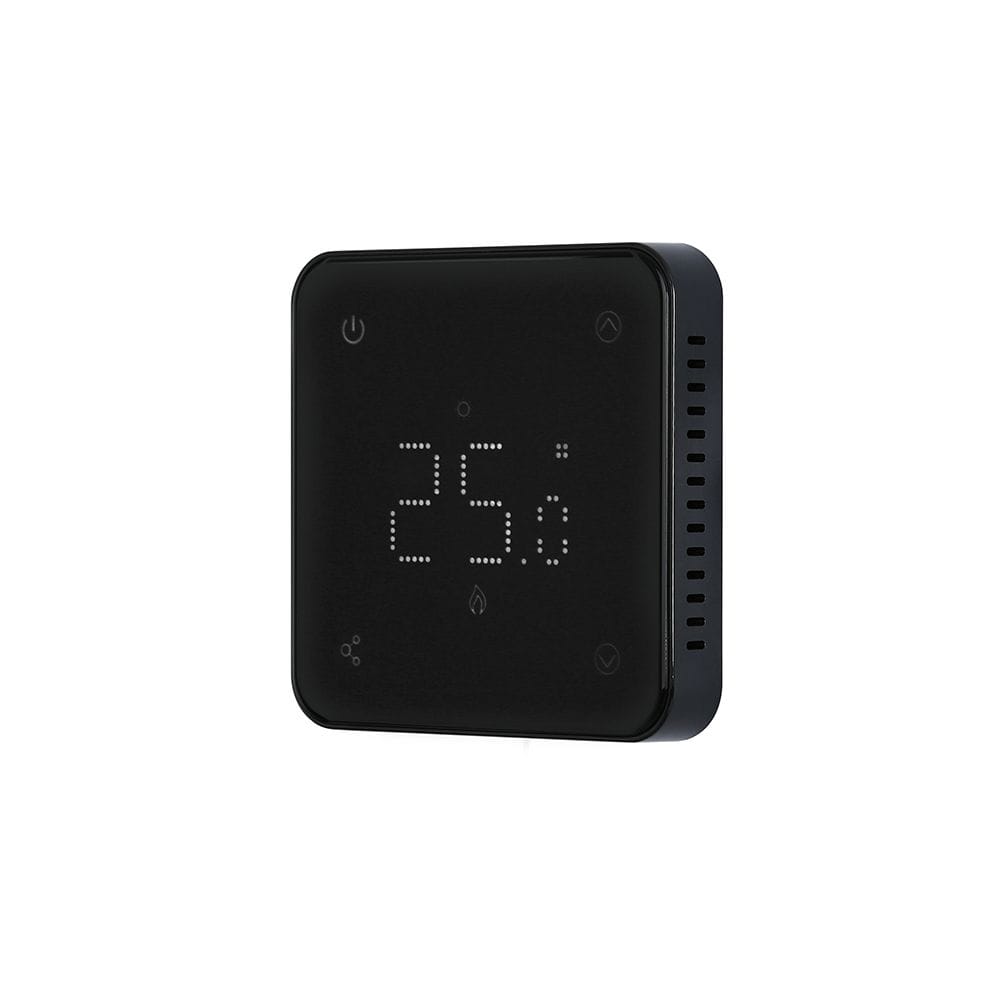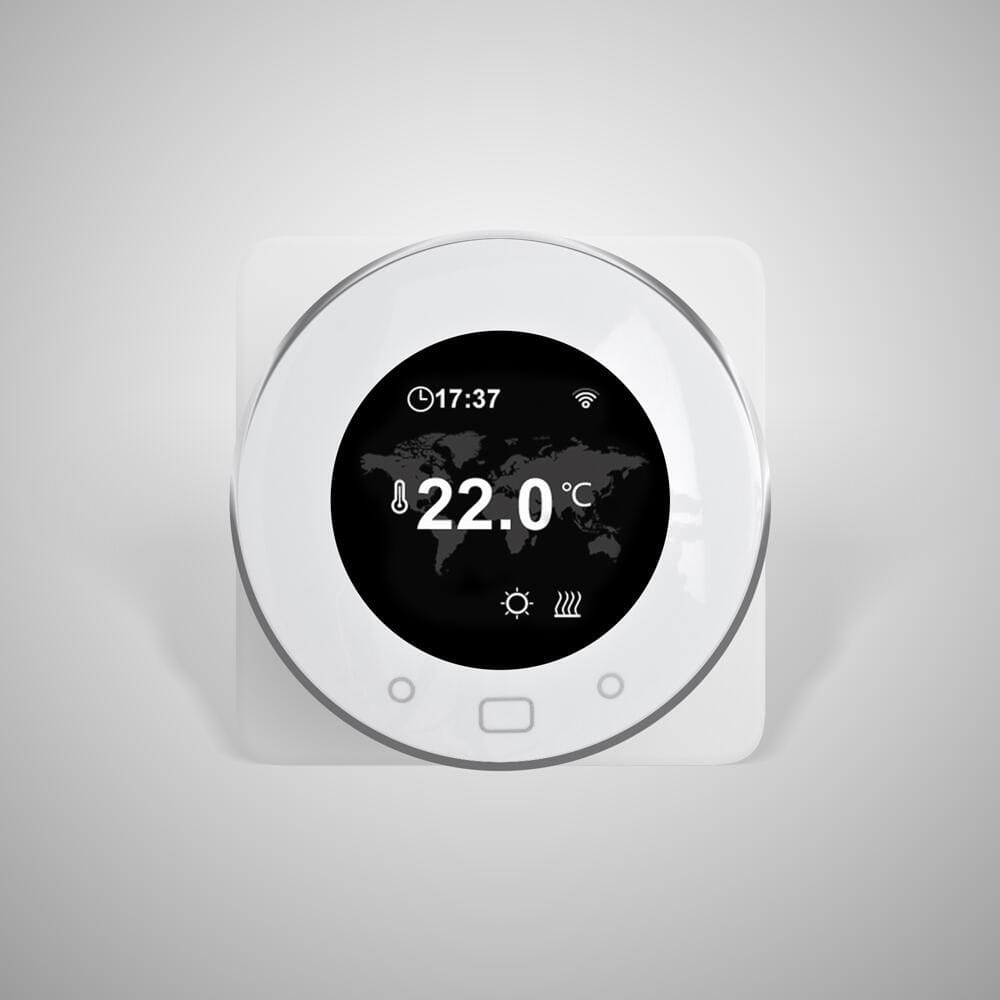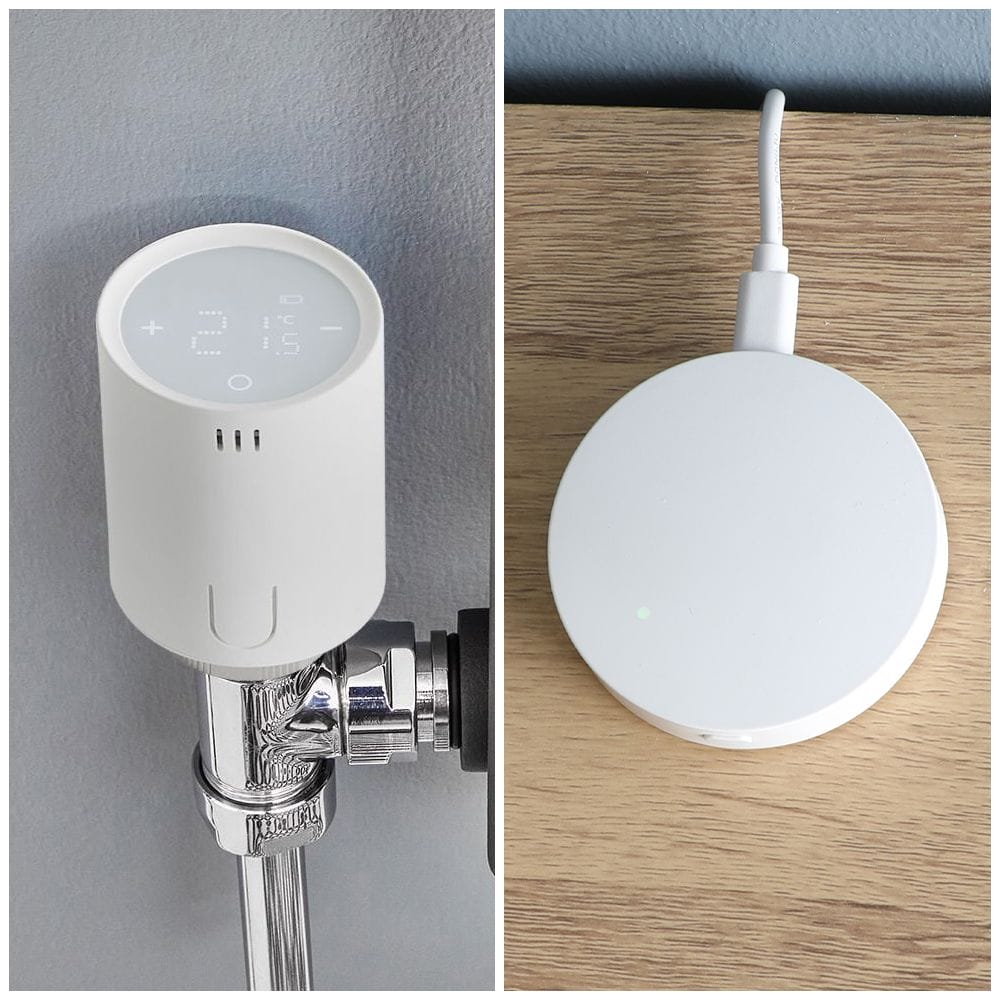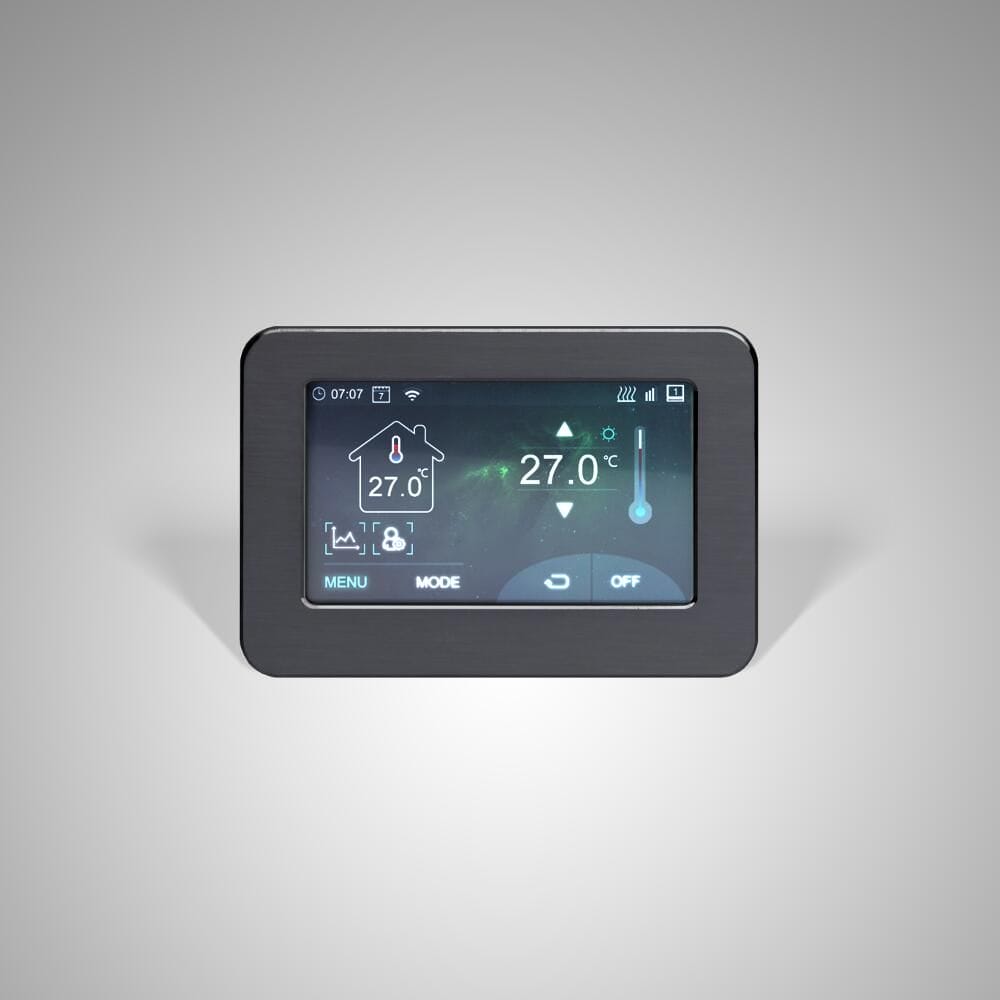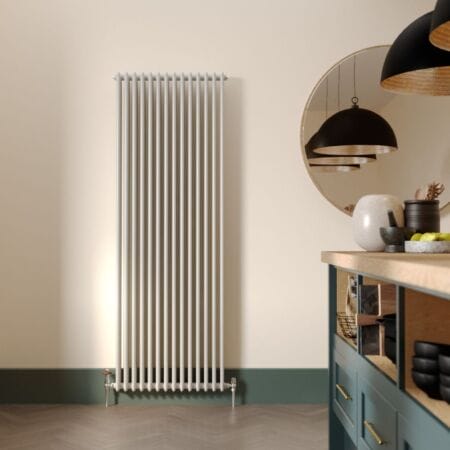Contents
ToggleWhat we'll cover...
Advice for setting up smart heating solutions with voice control devices.
Why voice control is more than just a gimmick
Controlling your heating with your voice might sound like something reserved for a Black Mirror episode synopsis, but in 2025, it’s very much a normal part of home life. How to sync your smart heating with voice control apps such as Google or Alexa is not about being flashy. It’s about being practical. Convenience, efficiency, accessibility – all ticked off by making your heating a part of the conversation.
Here’s what smart voice integration gets you:
- Total hands-free control – Perfect for when you’re cooking, carrying a toddler, or just can’t be bothered to mover off the sofa.
- Energy savings without the faff – The easier it is to control your heating, the more likely you are to optimise it and save on usage.
- Enhanced home automation – Pair it with routines and other smart devices for seamless living.
- Perfect for forgetful minds – “Alexa, did I turn off the heating?” is now a valid life hack.
Whether you’re Team Google or firmly in Alexa’s corner, syncing your smart thermostat up with voice control apps and devices is the gateway to smarter, smoother, and snugger home heating.
Smart heating systems from BestHeating
Before diving into the syncing process, let’s explore the range of smart heating solutions available from BestHeating that are compatible with both Google Assistant and Amazon Alexa:
Smart Heating Product | Works with Google Assistant | Works with Amazon Alexa | Description |
Milano Connect Wi-Fi Thermostat | ✅ | ✅ | Designed for electric radiators and underfloor heating, this thermostat offers remote control via the Smart Life app and voice commands. |
Milano Connect Smart Radiator Thermostat | ✅ | ✅ | Ideal for hot water radiators, this device allows individual room temperature control when paired with the Milano Connect Wi-Fi Gateway Hub. |
ECOSO Elio Smart Electric Convector Panel Heater | ✅ | ✅ | A wall-mounted panel heater with Wi-Fi functionality, controllable via mobile app and voice assistants. |
These products integrate seamlessly with the Smart Life app, enabling you to manage your heating remotely and via voice commands.
Getting started: What you'll need
Before you begin, make sure you have:
- A compatible smart thermostat, already installed and working via its own app.
- A strong Wi-Fi connection (or at the very least, one that doesn’t disappear when someone streams Bake Off in HD).
- A Google Home or Alexa-enabled device – whether that be a speaker, display, or simply just the app.
The relevant apps installed:
- Smart heating app (Smart Life, Hive, Tado, etc.)
- Google Home or Amazon Alexa
Part 1: Syncing with Google Assistant
Step-by-step setup
- Open the Google Home app on your Android or iPhone.
- Tap the + symbol in the top-left corner.
- Choose “Set up device” → “Works with Google”.
- In the list or search bar, find your smart heating brand (e.g. Milano, Hive, Tado).
- Tap to link your account and log in using your thermostat credentials.
- Authorise access when prompted — this provides Google with permission to control your heating.
Assign the device to a room, give it a name, and you’re on your way.
Real-life voice commands
- “Hey Google, set the living room to 21 degrees.”
- “Hey Google, switch off the heating upstairs.”
- “Hey Google, increase the hallway temperature by two degrees.”
- “Hey Google, is the heating on?”
Google routine ideas
You can set up daily automations like:
- Morning routine: “Hey Google, good morning” → turns on heating, starts your smart kettle, and plays Radio X.
- Bedtime routine: “Hey Google, goodnight” → turns heating down, switches off lights, and activates your alarm system.
Top tip: Use clear and consistent room names (e.g. “kitchen heating”) to avoid confused responses and slower retaliation.
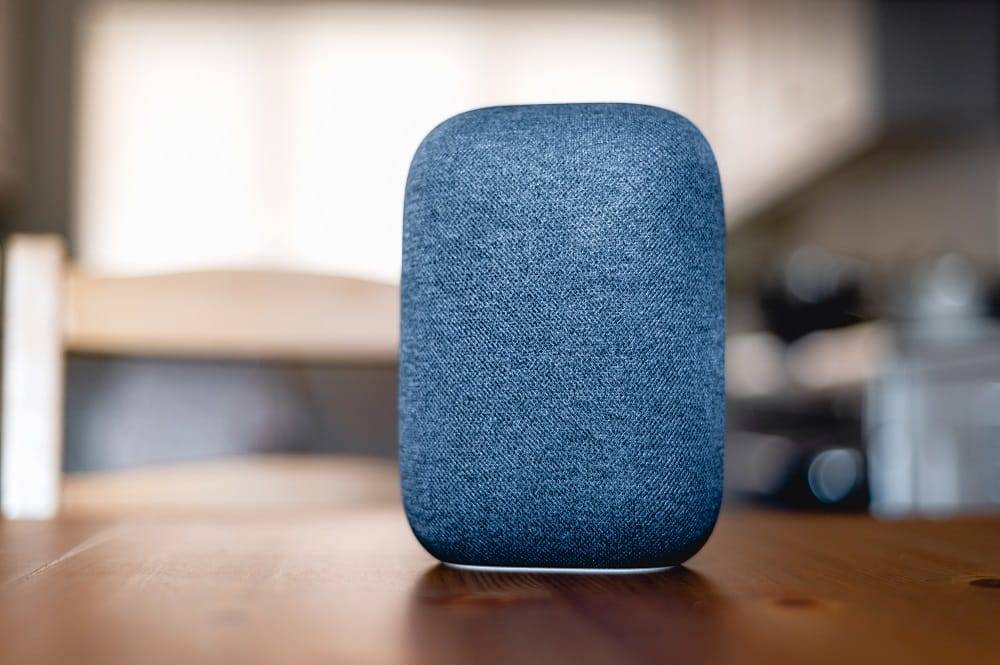
Part 2: Syncing with Amazon Alexa
Step-by-step setup
- Open the Alexa app.
- Go to More > Skills & Games, then tap the search icon.
- Search for your smart thermostat’s name (e.g. “Smart Life”, “Hive Active Heating”).
- Select the skill and tap Enable to Use.
- Sign into your heating account and authorise Alexa.
- Ask: “Alexa, discover devices” – or let the app do it for you.
- Once connected, your thermostat should appear in the Devices section under Thermostats.
Voice command examples
- “Alexa, set the bedroom to 18 degrees.”
- “Alexa, boost the heating for an hour.”
- “Alexa, what’s the current temperature?”
- “Alexa, turn off all heating.”
Alexa routine ideas
- Leave home routine: Automatically reduces temperature when you leave the house for work or any other reason.
- I’m home routine: Warms up your chosen zones and dims smart lighting for max comfort upon your return.
Alexa not playing ball? Make sure device names in the Alexa app match up with what you’re saying aloud. Avoid long-winded names like “John’s upstairs bathroom radiator” unless you fancy repeating yourself plenty or putting a fortune in the swear jar.
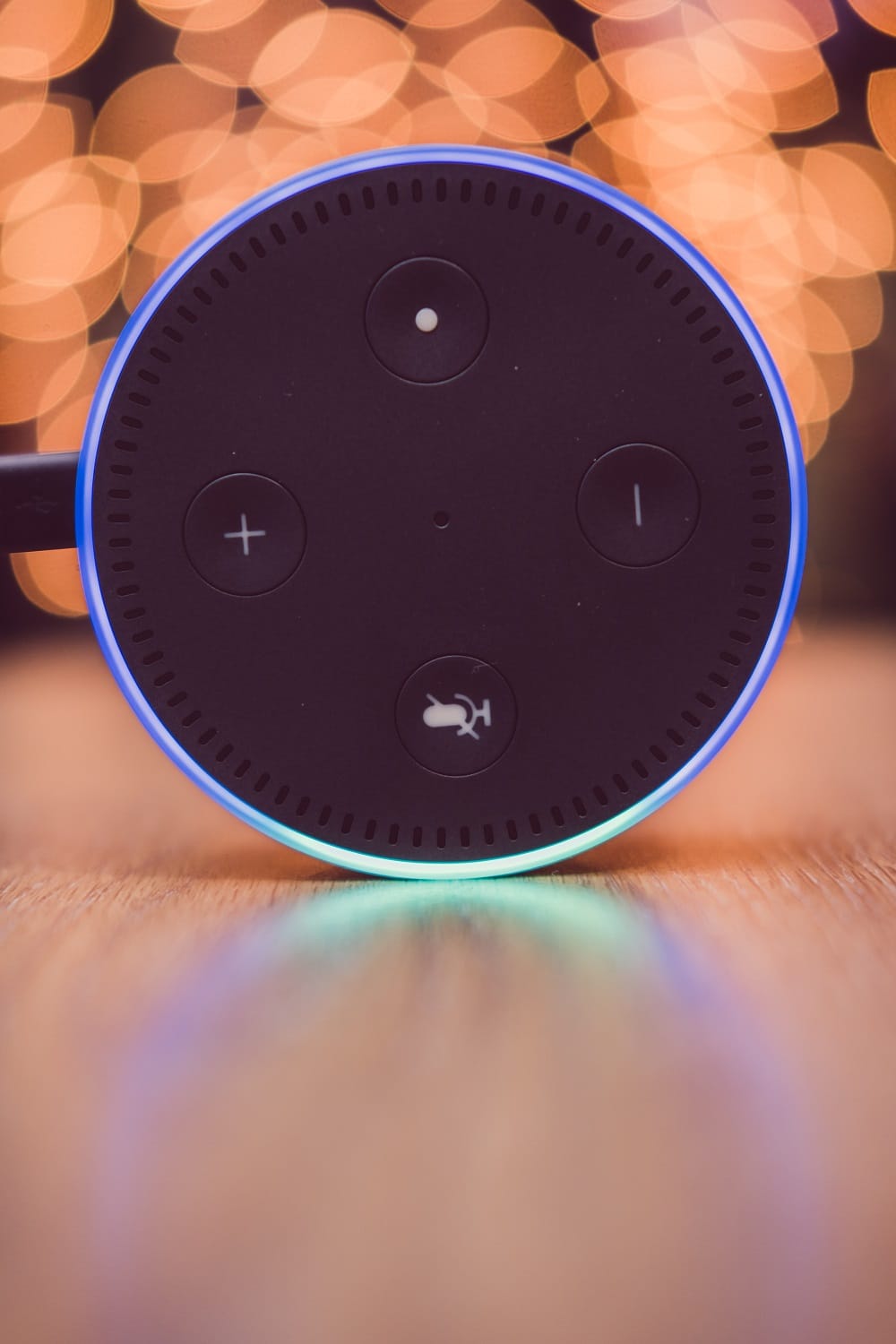
Multi-zone heating? Here's what you need to know
If your smart heating system supports multi-room control (like Tado, Hive with TRVs, or Smart Life), here’s how to make the most of it with voice assistants:
- Give each room a distinct name – “Living room”, “Guest bedroom”, “office”, etc.
- Assign each room its own routine or command – No more blanket heating across the whole house.
- Pair TRVs (Thermostatic radiator valves) with your thermostat to fine-tune heat room by room via voice control.
Commands such as “Alexa, set the office to 19 degrees” will only work if the system can recognise that space as an independent zone.
Smart scenes, shortcuts & power moves
- Create scenes in Google Home or Alexa – e.g., “Movie night” could set the living room radiator temperature to 20°C, dim the lights, and switch off any upstairs heating devices such as heated towel rails.
- Location-based automation – Systems like Tado offer geofencing. Pair it with voice assistant commands for extra efficiency (e.g. heating turns off when you leave, turns back on if you say “Alexa, I’m home” early).
- Voice + App = Full control – You’re not stuck choosing between one or the other. Sometimes a good old-fashioned swipe is quicker than a conversation.
Troubleshooting: When voice commands don't work
If you’re screaming “OK Google, heat my house!” and getting silence or sass in return, try these options:
- Check account linking – Re-link the thermostat in your assistant’s app.
- Rename devices – Simpler names work better. Avoid emojis, punctuation or oddly formatted labels.
- Update apps – Make sure all apps and devices are running the very latest version.
- Restart everything – Thermostat, router, phone, voice assistant. The simply classic (and usually effective) IT fix.
If all else fails, uninstall and reinstall, say a little prayer to the Smart Home gods, and try again.
Do you need voice assistant integration?
Technically, no. But it’s certainly a handy feature, and once you’ve tried it, it’s hard to go back.
- Set heating from bed? No problem.
- Adjust the temperature while elbow-deep in washing up? Done.
- Turn everything off on the way out without having to glance at your phone? Easy.
Voice control doesn’t work in place of your app – it enhances it. And when used properly, it can help you to run a more energy-efficient, cost-effective household with minimal effort.
Voice control to simplify home heating
Syncing your smart heating with Google or Alexa isn’t just a tech flex. It’s one of the simplest ways to make everyday home life easier, warmer, and smarter.
Whether you want to shout “Alexa, boost the heat” while snuggled up under a duvet or quietly cue up a routine as you walk through the door, voice control gives you power and flexibility at your fingertips (or vocal cords). And if nothing else, it’s one more thing you can boss around without it answering back.
Meanwhile, can find full details on getting started with smart heating tech in our guide on how to set up a smart heating system in your home. We also have resources regarding how smart heating can cut energy costs, a quick guide to smart heating systems and automation, and the differences between smart TRVs and manual valves for smart heating.
Tell us how you use your voice controlled home heating, or any form of modern smart heating solutions in the comments below, or by reaching out to us on Instagram, Facebook or X.
John is a Research Specialist for the Best Heating Advice Centre, where for over nine years he has dedicated himself to demystifying home heating for our customers. He specialises in creating clear, data-driven guides and how-to articles by collaborating directly with our team of certified heating experts and product engineers.
His work, built on a foundation of journalistic research, has helped millions of readers make confident and informed decisions about their home heating. When he’s not breaking down the heat output differentials from radiators to heated towel rails, John fancies himself as a fine football and music connoisseur.

